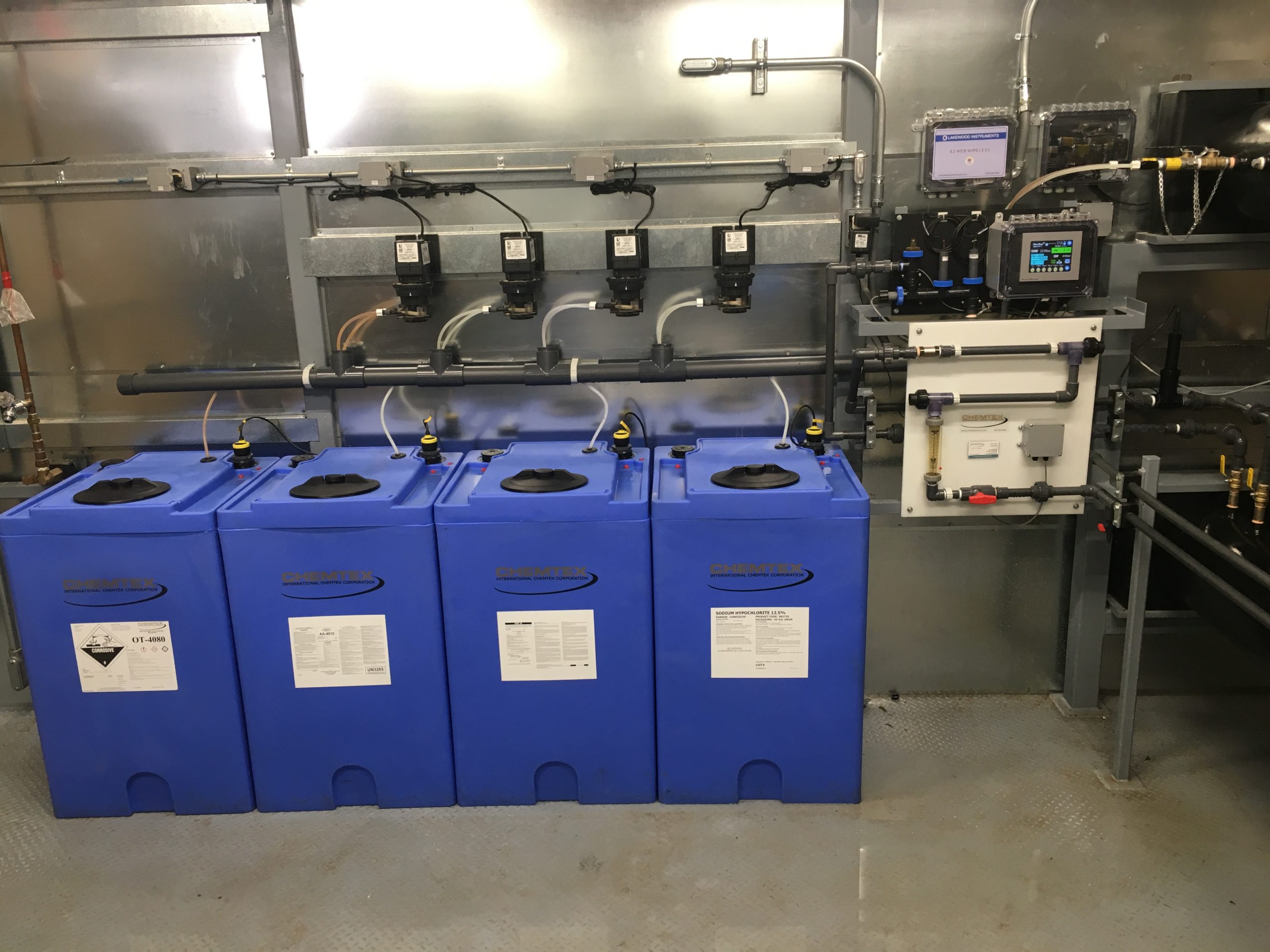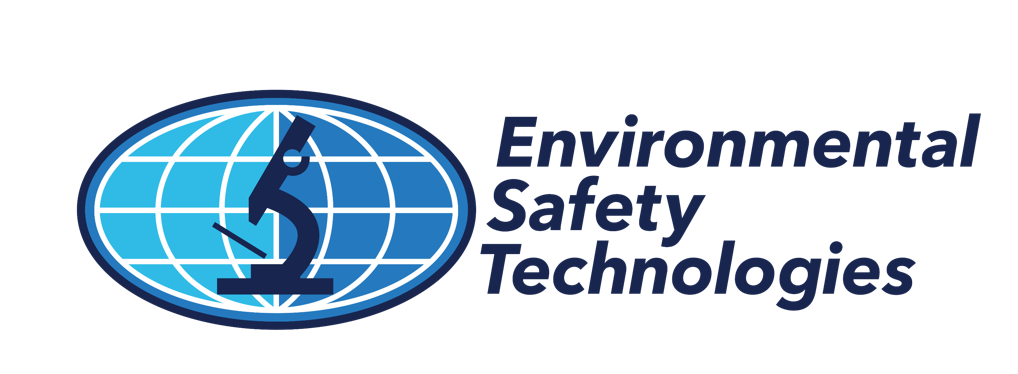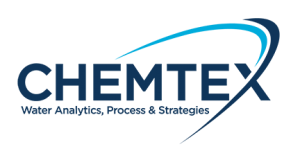
ASHRAE 188 – Driving Cooling Tower Costs
ANSI/ASHRAE Standard 188-2018, titled Legionellosis: Risk Management for Building Water Systems, establishes minimum legionellosis risk management requirements for building water systems. Here’s how ASHRAE (American Society of Heating, Refrigerating and Air-Conditioning Engineers) describes it:
The brand new 2018 edition clarifies compliance requirements, and is updated throughout with enforceable, code-intended language to facilitate adoption of the standard for code and regulatory purposes. Included in this publication are a description of environmental conditions that promote the growth of Legionella, and informative annexes and bibliography with suggestions, recommendations, and references to additional guidance.
According to the Centers for Disease Control and Prevention, “created as a voluntary consensus Standard, ASHRAE 188 provides guidance that does not have regulatory authority unless it is incorporated into local building codes.”
Legionella Testing Incurs Costs and Risks
For those plants where monitoring and recording efforts made to minimize risk is not part of local building codes, it’s essential to understand a few things.
If you want to test for Legionella to assure the safety of your system and property, you must understand the costs and risks associated with doing it.
Most healthcare and government facilities require a Water Management Plan be in place, as well as incorporating Legionella testing according to a set frequency. These measures have their own costs. These costs will vary depending on how strictly you set your Legionella action guidelines. Stricter guidelines drive these costs higher.
Typical Legionella sampling can run anywhere from $100 – $300 per test. A typical testing frequency is twice per season. This is required by European Standards, and a standard practice for most facilities in the US.


Furthermore, if you opt to test for Legionella, you must have an action plan in place to respond if test results exceed your guidelines. Disinfection and/or filtration methods should be considered and plans in place, prior to testing.

Remedies for Legionella Growth
Programs and chemical procedures are available to aid you in case your Legionella test is positive. Ask us about Chemtex’s own TRiM program, modeled after ASHRAE 188. It calculates, recommends, and documents all efforts to minimize Legionella risk in a plant’s cooling tower. We include a schedule of tower cleanings and recommendations for the best biocide and biocide feed strategy. Also available: Disinfection kits and the Wisconsin protocol. Again, all of these measures have an associated cost.
Many studies have measured the effectiveness of certain biocides against Legionella. You can learn more about biocides here or reach out to Chemtex to learn more about these various biocide programs. We also have multiple blog posts on Legionella.
Whether or not your plant is legally required to comply with ASHRAE 188, it’s vital to be up to speed on Legionella for the sake of employee and public health, as well as liability.
Contact Chemtex for further information about TRiM, Water Management Plans and Wisconsin Protocol guidelines. We invite you to reach out and set up a free site visit (based on availability) for a Chemtex Rep to check out your plant, review or create a plan, and evaluate your risk.



/NQA-ISO-9001-Logo-ANAB.jpg)